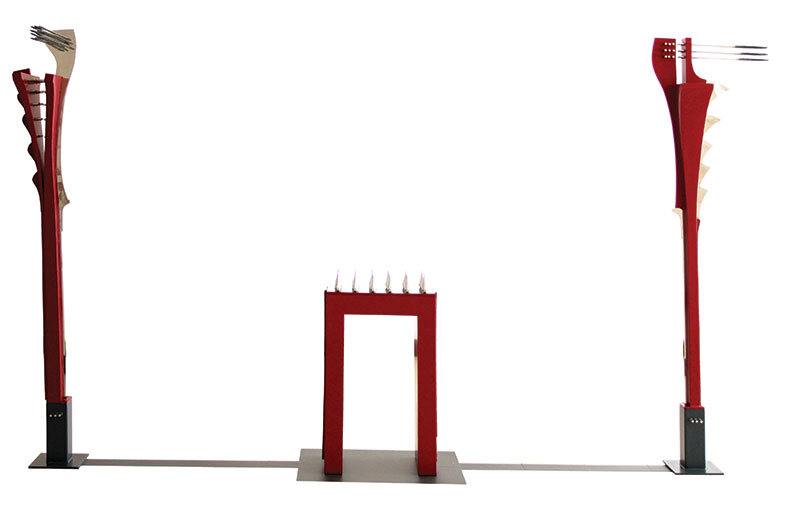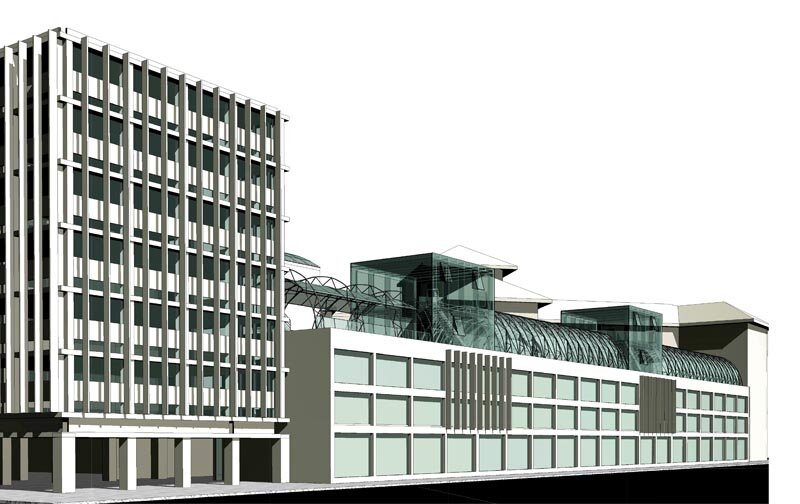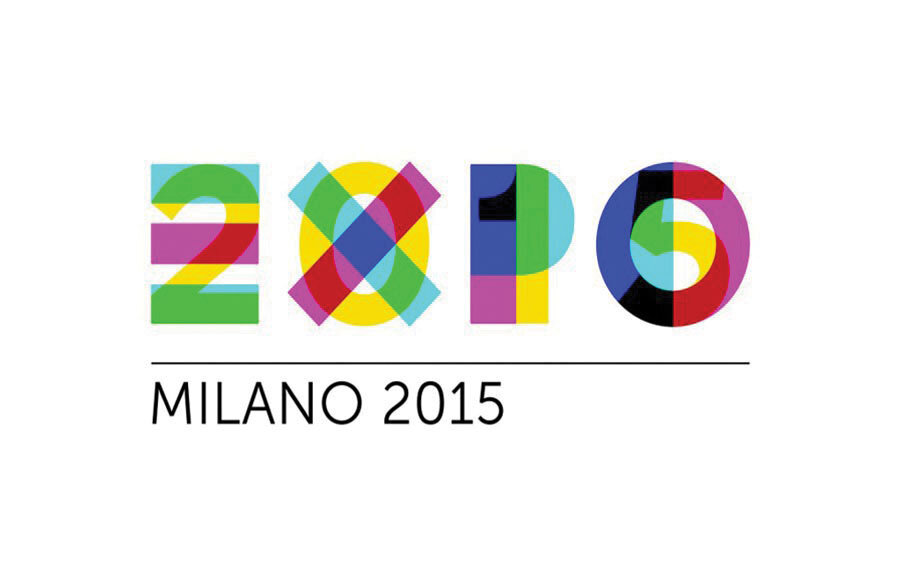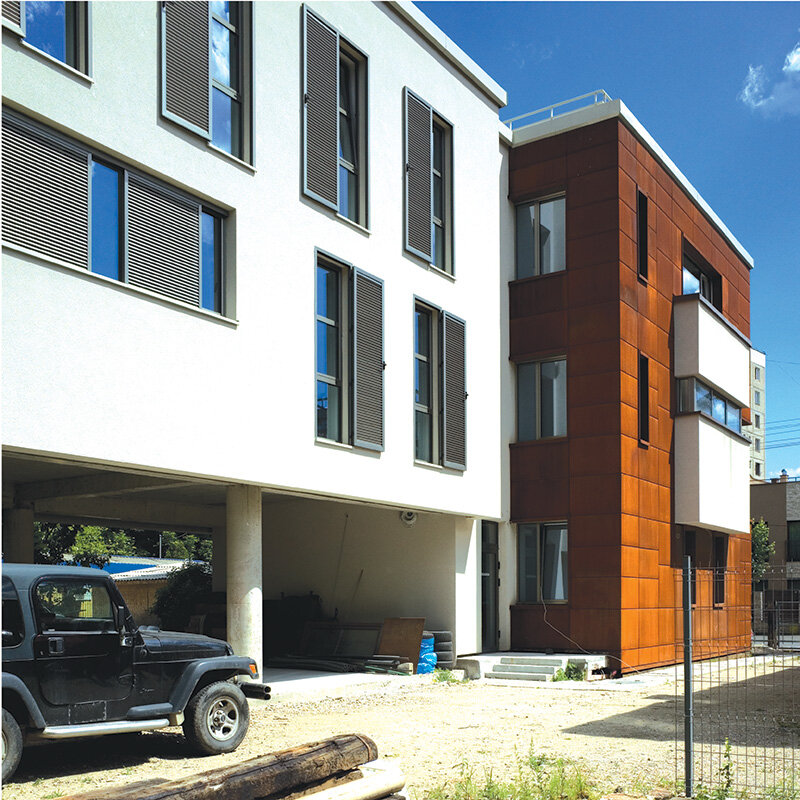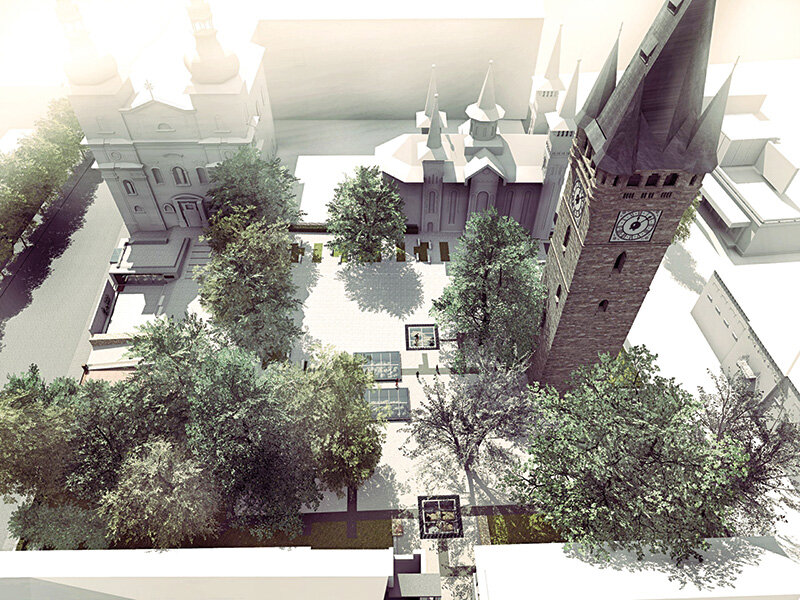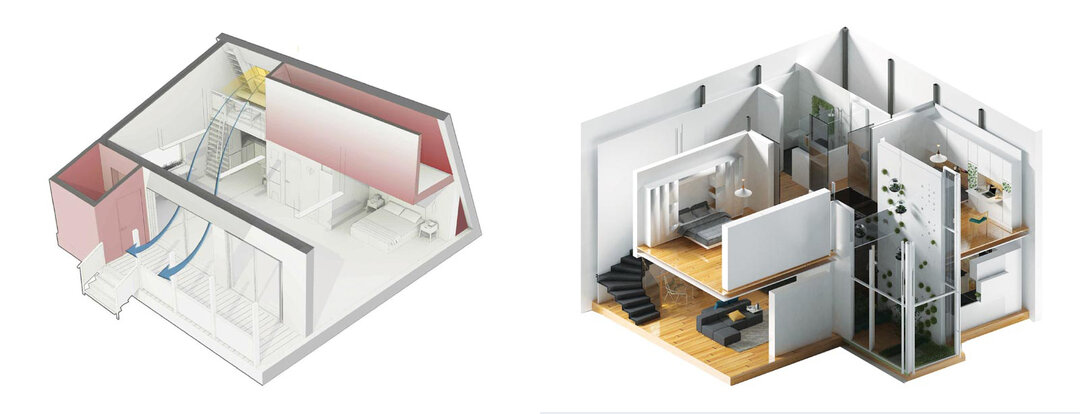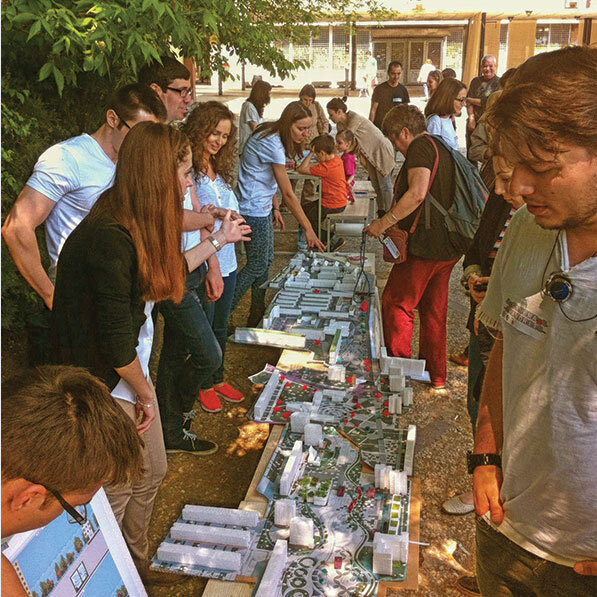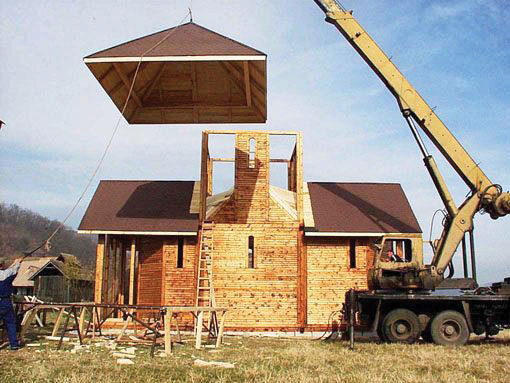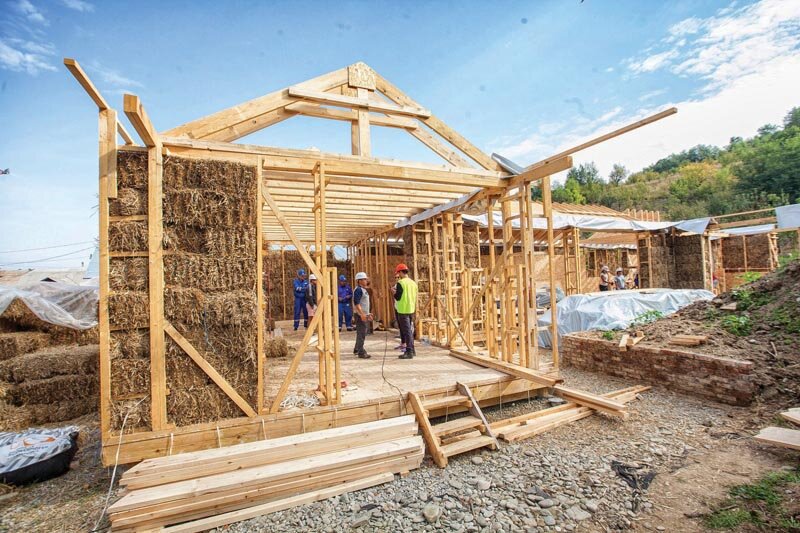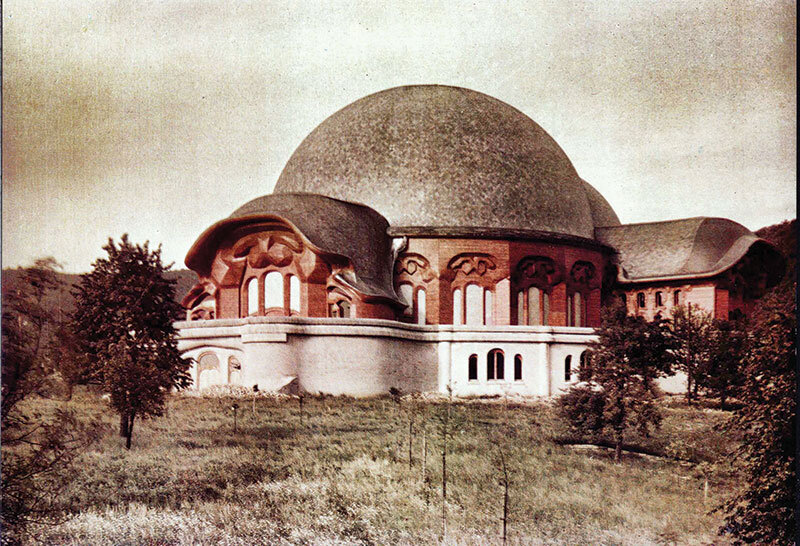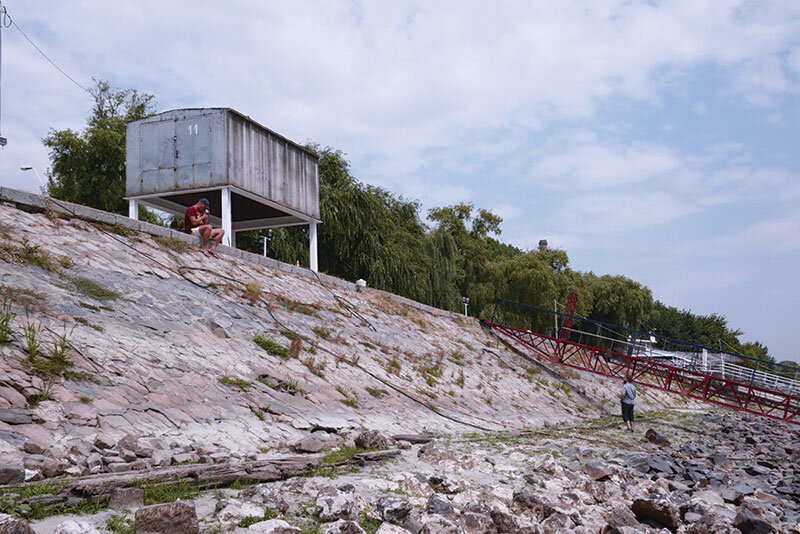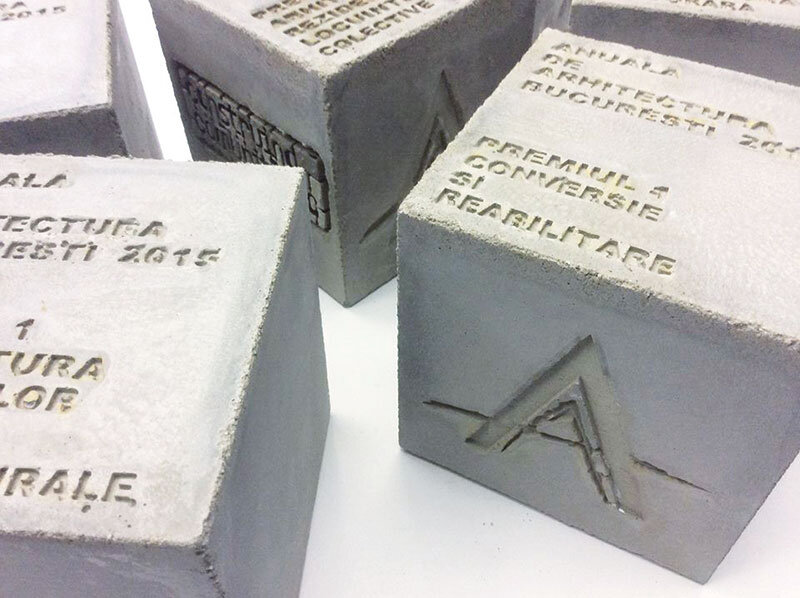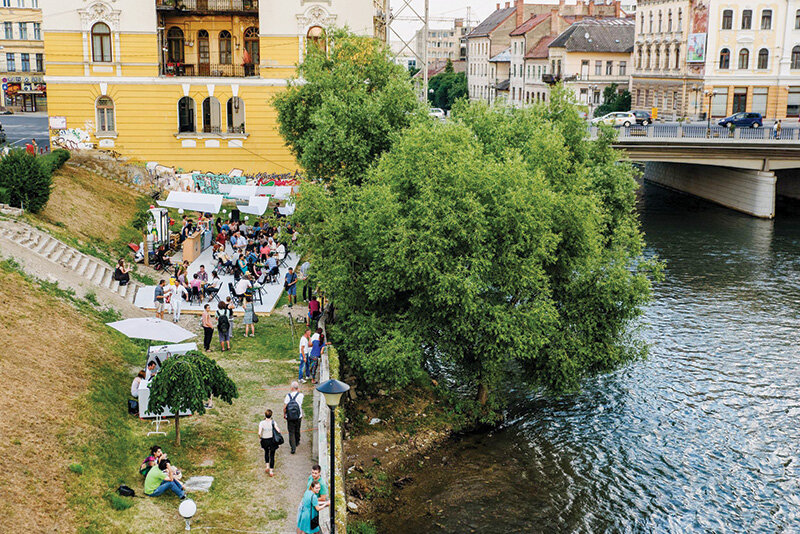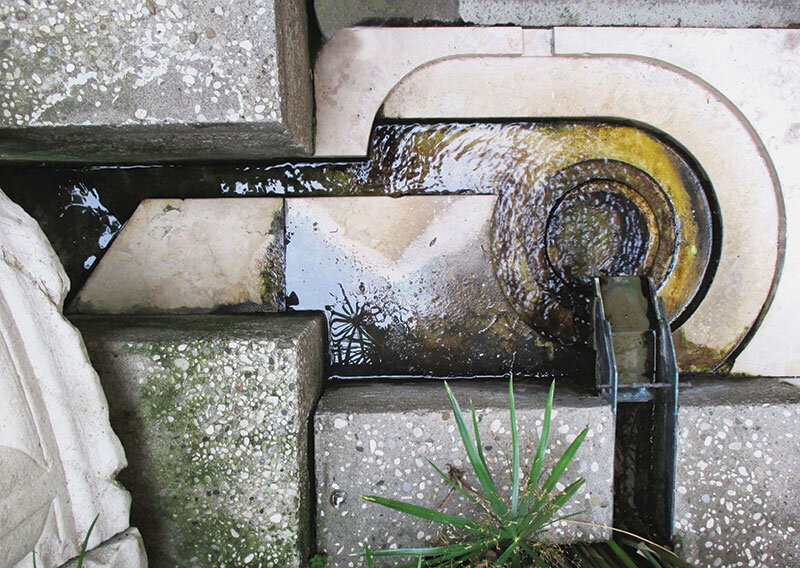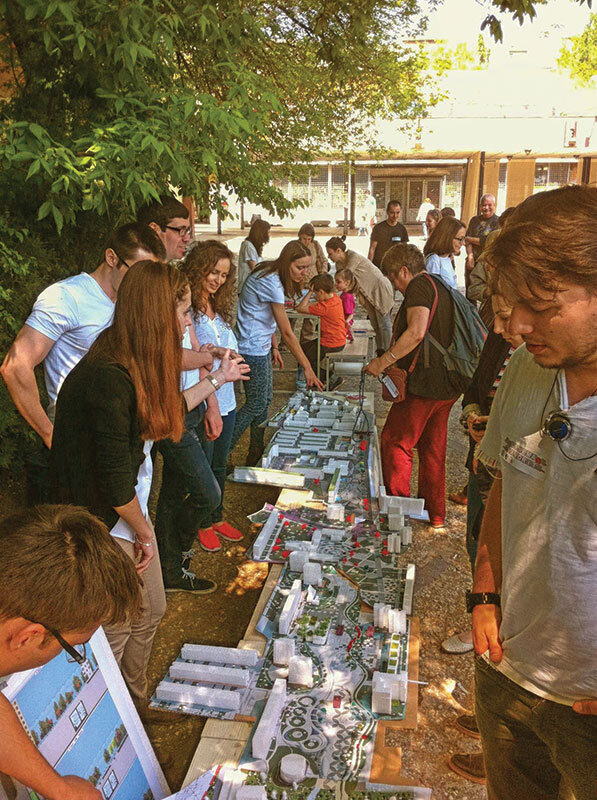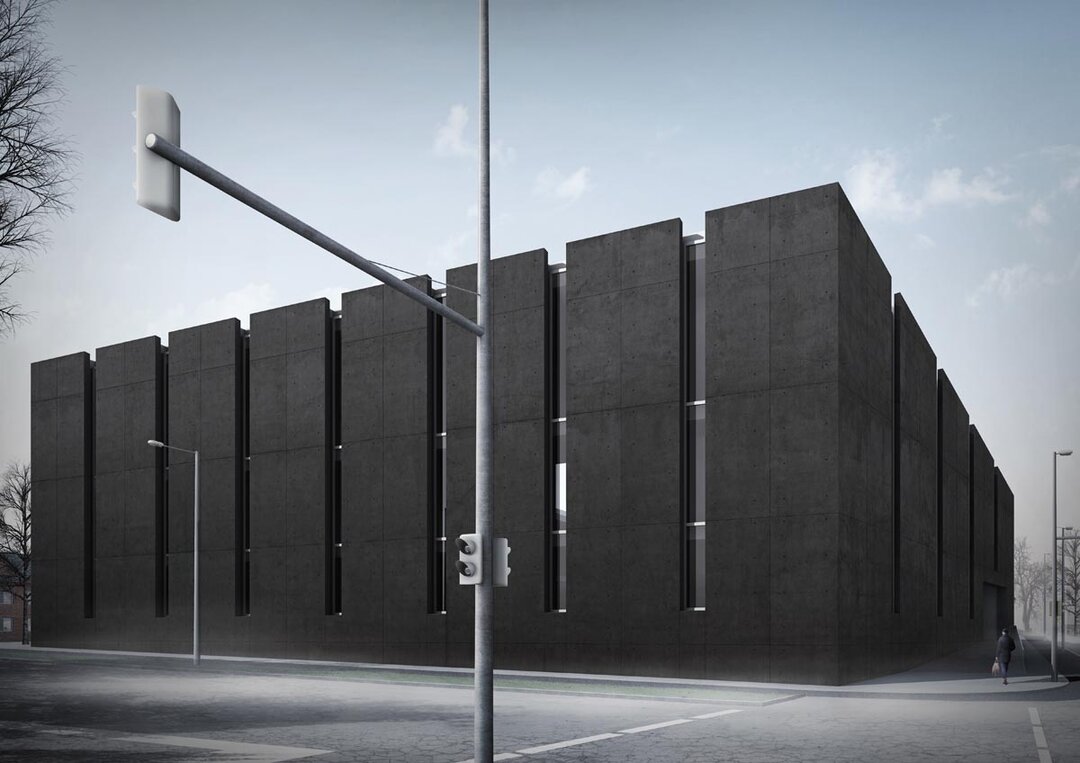
Participatory urban planning in Drumul Taberei
The civic initiatives that have recently sprung up in Bucharest are calling for quality urban space. Present in most neighborhoods, residents are claiming their right to the city, grouping into micro-communities according to common issues related to housing, use, identity and involvement in urban transformations. Following the phenomenon of public participation in the life of the city, in February 2015 we started a participatory urban and architectural research workshop at the Faculty of Architecture of the University "Spiru Haret", to support the inhabitants of the Drumul Taberei neighborhood. The Favorit Initiative Group , CeRe and interested residents gave us the reason, the example and the support to search, together, for temporary but also strategic long-term solutions to improve and self-sustain the life and public spaces in the neighborhood.
The Drumul Taberei district has legitimized its image as a green district in the collective perception, due to the low proportion of blocks of flats in relation to the diversification of public spaces, characteristic of the developments initiated at the end of the 60s. Today, the neighborhood's population is facing a series of problems caused by two construction sites: the metro and the rehabilitation of the former Moghioroș Park (partially opened in June). At the same time, the alarming decimation of the green space, either by new constructions or by the expansion of parking lots, the constant deterioration of pedestrian walkways until their disappearance, the diminishing importance of the old shopping centers and other identity areas, including the Favorit Cinematografic, are permanent causes of the deterioration of the image of the neighborhood, due to the absence of an integrated urban development vision, also assumed by the local communities.
The analysis focused specifically on the former commercial "complexes" designed in the manner of post-war urban planning, used as community nuclei, namely Ho and Min Street (now Locotenent Găină), Orizont, Favorit, Drumul Taberei 34 and Moghioroș Square (now Drumul Taberei Square). The observation of the public space between the intersections of Răzoare and Moghioroș followed the current functionality of the urban segment under its spatial and social desiderata. The questions of the study started from the perception of the urban space in relation to the collective memory of the neighborhood. The workshop was attended by 14 students, initially organized in 6 teams, one for each centre, and a coordinating team. The first stage of the analysis was carried out in the field, through interviews, photographic investigations, perceptual maps and info-graphs, thus identifying the existence of a gap between the private space of the collective housing and the public space of the neighborhood, perceived as a non-space through the multitude of obstacles and bottlenecks, both in terms of travel and perception. Another observation was based on the change in the functional weight of the urban segment under study in relation to its original utility. By doubling the old poles of local interest with new functional attractors, present both on Timișoara Boulevard (through the construction of the two shopping malls) and on the segment of Drumul Taberei Boulevard, between the intersections with Brașov and Sibiu streets (through the appearance of hypermarkets), the fragment studied and, implicitly, the old shopping centers lose their original character, being semi-abandoned or functionally disarticulated areas. The conclusions were organized in order of urgency: improvement interventions with short term effect and phased reorganizations in order to increase the vocation of the public space by introducing pedestrian routes for different types of users, increasing and restoring destroyed green spaces, creating recreational spaces, reducing car traffic and rethinking parking places according to sustainable systems of urban environment preservation.
We came up with proposals that ranged from the creation of alveoli similar to the center of the Ramblas, to the utopian transformation of a section of the Drumul Taberei Boulevard into a "Central Park", capable of bringing together the public functions and services needed in the neighborhood. The layouts and visualizations proposed by the students were presented on a Sunday in April in the square of the Cinematografului Favorit, and residents voted on the variants that convinced them. The method was also applied to Museum Night, widening the audience and the choices. Finally, in the framework of the Annual of Architecture and with the support of the European Cultural Centre of Sector 6, we ran the Favorit Summer Garden event for three days, in partnership with the Favorit Initiative, CeRe and Odaia Creativă, encouraging the participation of the Favorit area's inhabitants in transforming it into an active, pleasant space that responds to their desires and comfort by simulating a context specific to the subsequent revitalization actions. Through open-air film screenings (De ce eu?, directed by Tudor Giurgiu; Experiment Bucharest, directed by Tom Wilson), exhibitions, concerts, creative workshops - from those for children to workshops on civic empowerment -, platforms for discussions about the current problems of the neighborhood, we tried to make the experience of this workshop to bring succinct ways of empowering the public to take responsibility for the framework space they use.
The participatory approach, involving the demands and needs of the inhabitants, aimed to create a dialogue between the community, specialists and authorities, by activating the spirit of initiative, imminent to the improvement of the public space and to counteract atypical interventions specific to the Drumul Taberei neighborhood. How can we, as professionals, open and maintain the dialogue and a series of attractive actions, until they become autonomous and taken over by the public itself?
The project was conceived and coordinated by architects Andreea Matache and Maria Duda.

